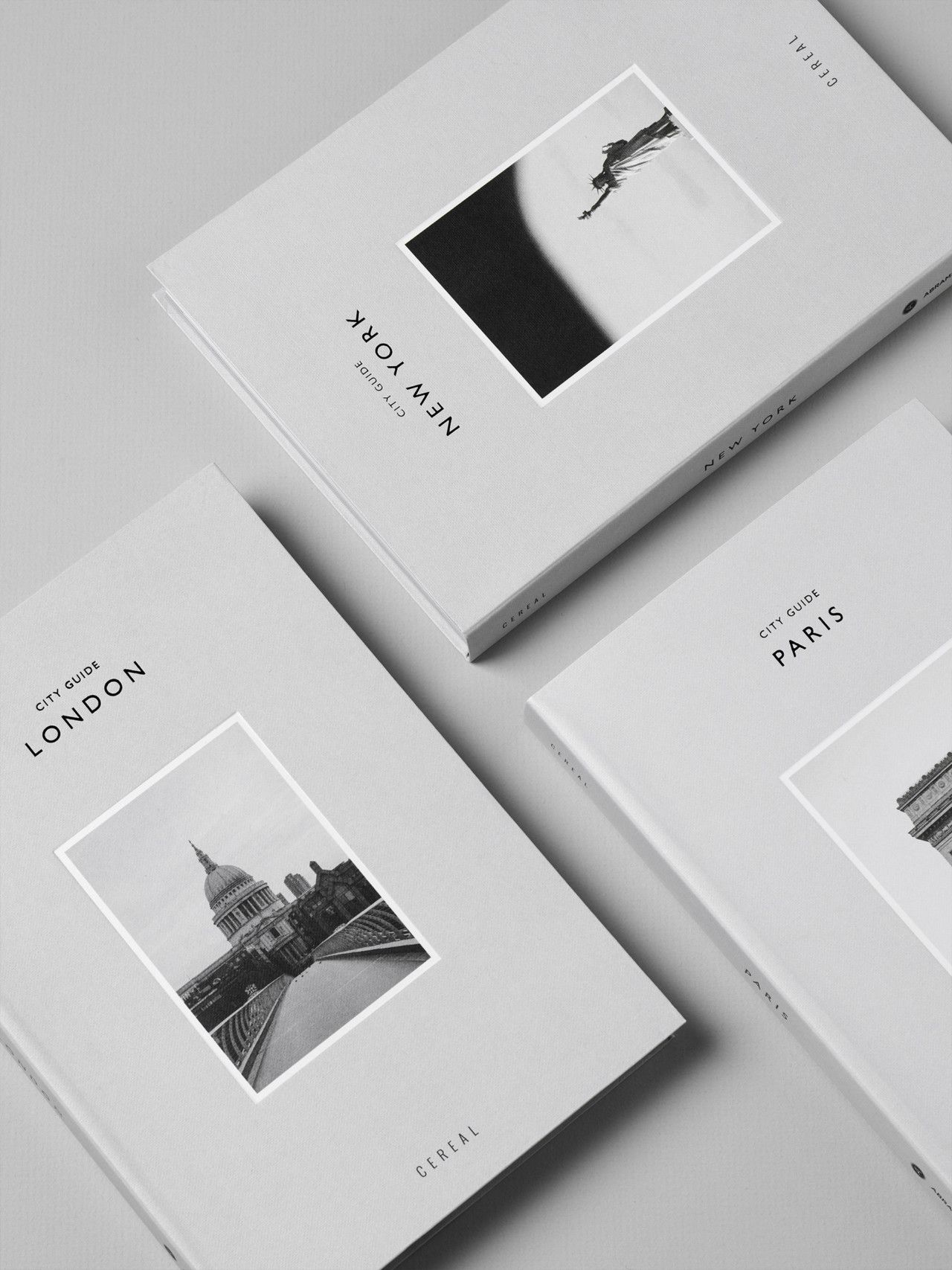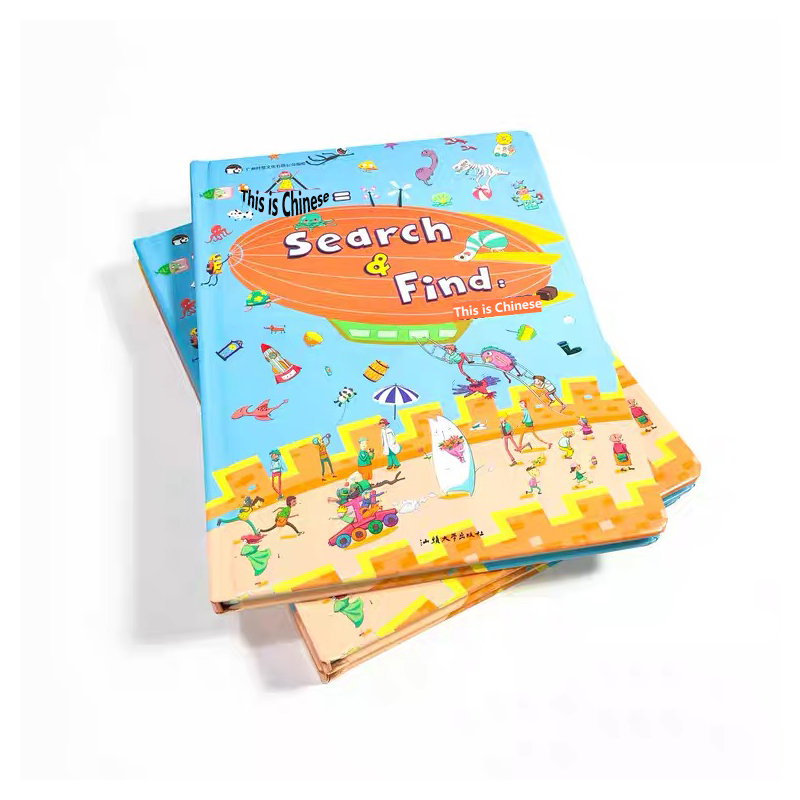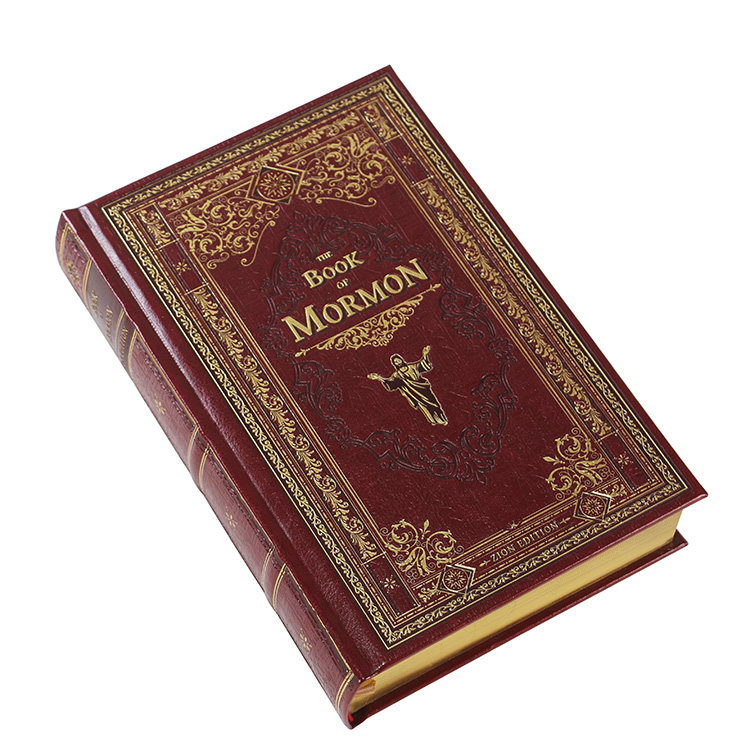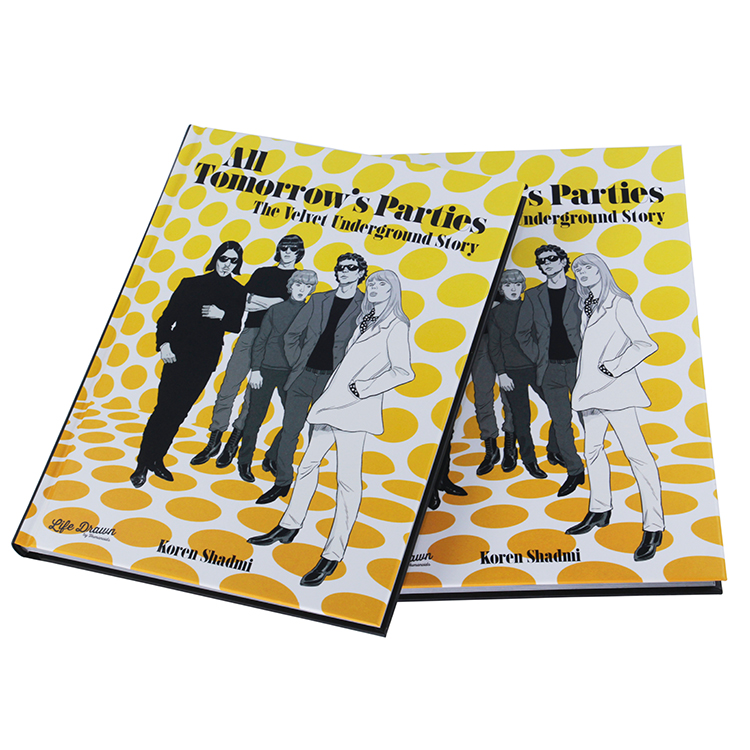Wie hat der Druck die Buchkosten gesenkt?
Egal, ob Sie ein aufstrebender Autor sind, der seinen ersten Roman drucken lassen möchte, ein Unternehmen, das einen Produktkatalog vorbereitet, oder jemand, der einen professionellen Buchdruck benötigt: Um fundierte Entscheidungen treffen zu können, ist es wichtig, die Faktoren zu kennen, die die Druckkosten beeinflussen. Der Preis für den Buchdruck kann je nach verschiedenen Spezifikationen stark variieren, von der Anzahl der bestellten Bücher bis hin zur Papiersorte und der gewählten Bindungsart. Wenn Sie wissen, wie sich diese Faktoren auf die Kosten auswirken, können Sie Ihr Budget optimal nutzen und qualitativ hochwertige Ergebnisse erzielen, ohne zu viel auszugeben.
In diesem Leitfaden erläutern wir die wichtigsten Faktoren, die die Kosten für den Buchdruck beeinflussen, damit Sie die besten Entscheidungen für Ihr Projekt treffen können. Wir zeigen Ihnen auch, wie Sie diese Faktoren mit Ihren Zielen in Einklang bringen, um eine kostengünstige Lösung zu gewährleisten, die dennoch hervorragende Qualität liefert.
Inhaltsverzeichnis
Bestellmenge: Wie sich die Anzahl der Exemplare auf den Preis auswirkt
Beim Buchdruck ist die Bestellmenge einer der wichtigsten Faktoren, die den Preis beeinflussen. Je mehr Exemplare Sie drucken, desto geringer sind die Stückkosten – bis zu einem gewissen Grad. Dies ist auf die Skaleneffekte zurückzuführen, d. h. bei großen Auflagen verteilen sich die anfänglichen Einrichtungskosten auf eine größere Anzahl von Büchern, was zu geringeren Stückkosten führt.
So sind die Kosten pro Buch beispielsweise beim Drucken von 2.000 Exemplaren viel geringer als beim Drucken von nur 200 Exemplaren. Größere Auflagen erfordern in der Regel den Offsetdruck, der zwar höhere Einrichtungskosten verursacht, aber eine schnelle Produktion ermöglicht, sobald die Maschine läuft. Im Gegensatz dazu eignet sich für kleinere Auflagen am besten der Digitaldruck, bei dem zwar keine Druckplatten erforderlich sind, bei größeren Auflagen jedoch nicht die gleiche Kosteneffizienz erreicht wird.
Wichtiger Tipp: Vermeiden Sie die Überbestellung von Büchern, um die Stückkosten zu senken. Wenn Sie mehr drucken, als Sie tatsächlich benötigen, kann dies zu einem Überbestand an nicht verkauften Büchern führen, was alle Einsparungen durch einen niedrigeren Stückpreis zunichte machen kann.
Seitenzahl: Wie sich die Dicke des Buches auf die Kosten auswirkt
Die Seitenzahl Ihres Buches wirkt sich direkt auf die Gesamtkosten aus, da mehr Seiten mehr Papier, Tinte und Bindezeit erfordern. Darüber hinaus wiegen dickere Bücher mehr, was die Versandkosten erhöhen kann.
Längere Bücher erscheinen zwar auf den ersten Blick wertvoller, es ist jedoch wichtig, sich auf prägnante Inhalte zu konzentrieren, die einen echten Mehrwert bieten. Vermeiden Sie Füllmaterial oder redundante Inhalte, die die Seitenzahl unnötig in die Höhe treiben. Streben Sie nach Klarheit und Kürze – egal, ob Ihr Buch lang oder kurz ist, es sollte nur Inhalte enthalten, die einem klaren Zweck dienen.
Überlegungen zur Seitenanzahl: Manche Autoren oder Verleger sind vielleicht versucht, die Ränder zu verkleinern oder kleinere Schriftarten zu verwenden, um die Seitenzahl zu reduzieren. Dies kann jedoch die Lesbarkeit des Buches beeinträchtigen. Halten Sie sich aus Gründen der Lesbarkeit an eine Schriftgröße von 10 bis 12 pt und stellen Sie sicher, dass die Ränder genügend Leerraum für bequemes Lesen bieten.
Buchmaße: Wie Größe und Ausrichtung die Druckkosten beeinflussen
Die Größe Ihres Buches spielt eine entscheidende Rolle bei den Produktionskosten. Größere Bücher verbrauchen natürlich mehr Papier, was die Kosten in die Höhe treibt. Neben der Größe wirkt sich auch die Ausrichtung des Buches – ob Hoch- oder Querformat – auf die Kosten aus.
Die meisten Druckgeräte sind für Bücher im Hochformat optimiert, da dieses Format häufiger vorkommt. Für den Druck von Büchern im Querformat sind speziellere Geräte erforderlich und aufgrund der zusätzlichen Anpassungen bei der Papierhandhabung und Bindung sind die Kosten häufig höher.
Optimale Größe: Um Geld zu sparen, sollten Sie für Ihr Projekt Standardbuchgrößen in Betracht ziehen. Wenn Sie sich nicht sicher sind, welche Größe für Ihr Buch am besten geeignet ist, kann Ihnen Ihr Drucker Empfehlungen basierend auf Ihrem Inhaltstyp geben.
Papiertyp: Wie die Papierwahl die Kosten beeinflusst
Die Art des Papiers, für das Sie sich entscheiden, hat großen Einfluss auf Ihr Druckbudget. Spezialpapiere wie Strukturpapier, Hochglanzpapier oder Papier mit hochwertiger Oberfläche können Ihrem Buch ein hochwertiges Aussehen verleihen, sind aber teurer. Recyclingpapier ist eine umweltfreundliche Option, kann jedoch aufgrund des längeren Herstellungsprozesses manchmal teurer sein als Frischfaserpapier.
Wenn Sie bei der Papiersorte flexibel sind, können Sie Kosten senken, indem Sie Standardpapier oder Hauspapier wählen, das der Drucker bereits auf Lager hat. Wenn Sie jedoch eine bestimmte Marke oder Ausführung im Auge haben, müssen Sie mit einer möglichen Preiserhöhung rechnen.
Umweltfreundliche Option: Recyclingpapier ist eine gute Wahl, wenn Sie ein umweltbewusstes Produkt herstellen möchten. Bedenken Sie jedoch, dass es möglicherweise mehr kostet als nicht recyceltes Papier. Berücksichtigen Sie dies also bei Ihrem Budget.
Tintenfarben: Wie sich die Farbwahl auf den Preis auswirkt
Der Tintenverbrauch ist ein weiterer Faktor, der die Kosten des Buchdrucks erheblich beeinflussen kann. Beim Vollfarbdruck oder 4-Farbdruck werden vier Grundfarben (Cyan, Magenta, Gelb und Schwarz) kombiniert, um lebendige Bilder zu erzeugen. Obwohl die Kosten für den Vollfarbdruck im Laufe der Jahre gesunken sind, ist er immer noch tendenziell teurer als der Schwarzweiß- oder Graustufendruck.
Bücher, die durchgehend in Farbe gedruckt werden müssen, wie Kinderbücher, Kochbücher oder Fotobücher, verursachen aufgrund des höheren Tintenverbrauchs natürlich höhere Kosten. Andererseits werden die meisten Romane, Autobiografien und Anleitungen in schwarzer Tinte oder in Graustufen gedruckt, um die Produktionskosten niedrig zu halten.
Berücksichtigen Sie PMS-Farben: Wenn Ihr Buch eine präzise Markenbildung oder Farben erfordert, können Sie sich für Farben des Pantone Matching System (PMS) entscheiden. Dabei handelt es sich um vorgemischte Farben, die zur Gewährleistung der Konsistenz verwendet werden. Allerdings kann der Druck mit PMS-Farben je nach den ausgewählten Farben teurer sein als der Standard-Vierfarbdruck.
Bindungsart: Wie sich die Bindung auf die Endkosten auswirkt
Die Art der Bindung, die Sie für Ihr Buch wählen, ist ein weiterer Kostenfaktor. Hardcover-Bücher sind langlebig und fühlen sich hochwertig an, sind aber aufgrund des komplexen Herstellungsprozesses teurer. Softcover-Optionen wie die Klebebindung sind günstiger, während die Sattelheftung (für kleinere Bücher mit weniger Seiten) die günstigste Wahl ist.
Andere Bindungsarten wie Spiralbindung oder Wire-O-Bindung können sich ebenfalls auf Ihr Budget auswirken. Spiralbindung bietet zwar Haltbarkeit und ein unverwechselbares Aussehen, ist aber tendenziell teurer als einfache Sattelheftung.
Verbindliche Überlegungen: Wählen Sie einen Bindungsstil, der zu Ihrem Budget und der Art Ihres Buches passt. Für dickere oder gebundene Bücher ist die Klebebindung oder Hardcover-Bindung möglicherweise die beste Wahl, während kleinere Bücher oder solche mit weniger Inhalt mit einer Sattelheftung gut zurechtkommen.
Besondere Veredelungen: Wie Extras wie Beschichtungen und Verzierungen die Kosten beeinflussen
Spezielle Veredelungen und Veredelungen können die Ästhetik und Haptik Ihres Buches verbessern. Optionen wie Glanz- oder Mattbeschichtungen, Folienprägung, Prägung und UV-Spotbehandlung können Ihrem Buch eine einzigartige Note verleihen und es im Regal hervorstechen lassen.
Diese Verbesserungen sind jedoch mit zusätzlichen Kosten verbunden. Überlegen Sie sie sich also gut, je nach Ihrer Zielgruppe und dem Gesamteindruck, den Sie erzielen möchten. Wenn Ihr Buch eine limitierte Auflage oder ein High-End-Produkt ist, können sich diese Verbesserungen durchaus lohnen.
Verbesserungsideen: Wenn Sie eine Sonderausgabe oder ein hochwertiges Produkt veröffentlichen, können Sie eine Folienprägung oder Prägung auf dem Umschlag in Betracht ziehen. Diese Optionen können die optische Attraktivität Ihres Buches steigern und ihm Prestige verleihen.
Zusätzliche zu berücksichtigende Kosten
Abgesehen von den oben genannten Faktoren gibt es noch einige weitere potenzielle Kosten, die Ihren Endpreis beeinflussen könnten:
- Versandkosten: Schwerere Bücher oder große Mengen können die Versandkosten erheblich erhöhen.
- Kosten für Grafik oder Design: Wenn Sie einen Designer oder Illustrator für Ihr Buchcover oder die Innengestaltung beauftragen, können diese Dienste die Gesamtkosten erhöhen.
- Prüf- und Einrichtungsgebühren: Einige Druckereien berechnen möglicherweise eine Gebühr für Probedrucke, Einrichtung oder Überarbeitungen vor dem Drucken der gesamten Auflage.
Fazit: Die richtige Balance für die beste Drucklösung finden
Bei der Betrachtung der Buchdruckkosten ist es wichtig, die verschiedenen Faktoren – wie Menge, Seitenzahl, Papiersorte und Bindungsart – mit Ihren Projektzielen und Ihrem Budget abzuwägen. Mit sorgfältiger Planung und Verständnis dieser Variablen können Sie eine Lösung finden, die sowohl Ihren Qualitäts- als auch Ihren Kostenerwartungen entspricht.
Denken Sie daran, dass es oft besser ist, mit dem Digitaldruck klein anzufangen und die Bestellmenge zu erhöhen, wenn Sie sich sicher sind, dass die Nachfrage nach Ihrem Buch steigt. Auf diese Weise können Sie die Anfangskosten senken und dennoch ein professionelles und qualitativ hochwertiges Endprodukt gewährleisten.
FAQs
1. Welches ist das beste Druckverfahren für kleine Auflagen?
Bei kleinen Auflagen ist der Digitaldruck in der Regel die kostengünstigste Methode. Er erfordert keine Einrichtung von Druckplatten und eignet sich ideal für Aufträge von einigen Exemplaren bis zu mehreren Hundert Exemplaren.
2. Macht die Papiersorte wirklich einen großen Kostenunterschied?
Ja, die Art des Papiers, das Sie wählen, kann einen erheblichen Einfluss auf den Endpreis haben. Premiumpapier oder Spezialoberflächen wie Hochglanz- oder Strukturpapier erhöhen die Kosten im Vergleich zu Standardpapiersorten.
3. Welchen Einfluss hat die Wahl der Bindung auf meine Druckkosten?
Die Bindungsart ist einer der wichtigsten Kostenfaktoren. Hardcover-Bücher und andere aufwendige Bindungsarten (wie Wire-O) sind tendenziell teurer als Softcover-Optionen wie Klebebindung oder Sattelheftung. Wählen Sie eine Bindungsmethode basierend auf dem Inhalt Ihres Buches und Ihrem Budget.
Buchdruck
Neue Produkte
Letzter Blog
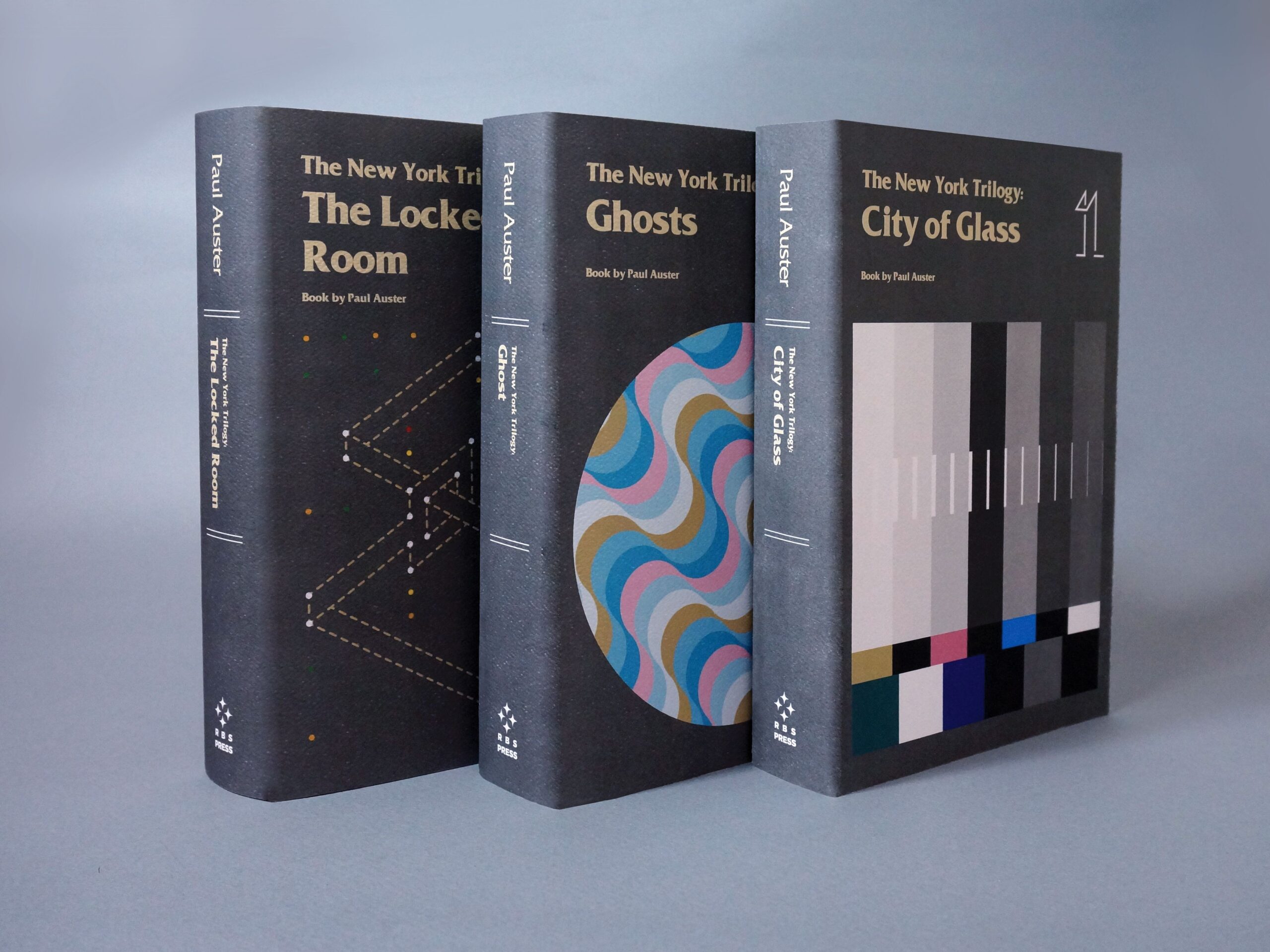
Die Macht des individuellen Buchdrucks
Wenn Sie sich in die Selbstveröffentlichung stürzen, wird eines Ihrer Hauptanliegen darin bestehen, kostengünstige Optionen für den Buchdruck zu finden
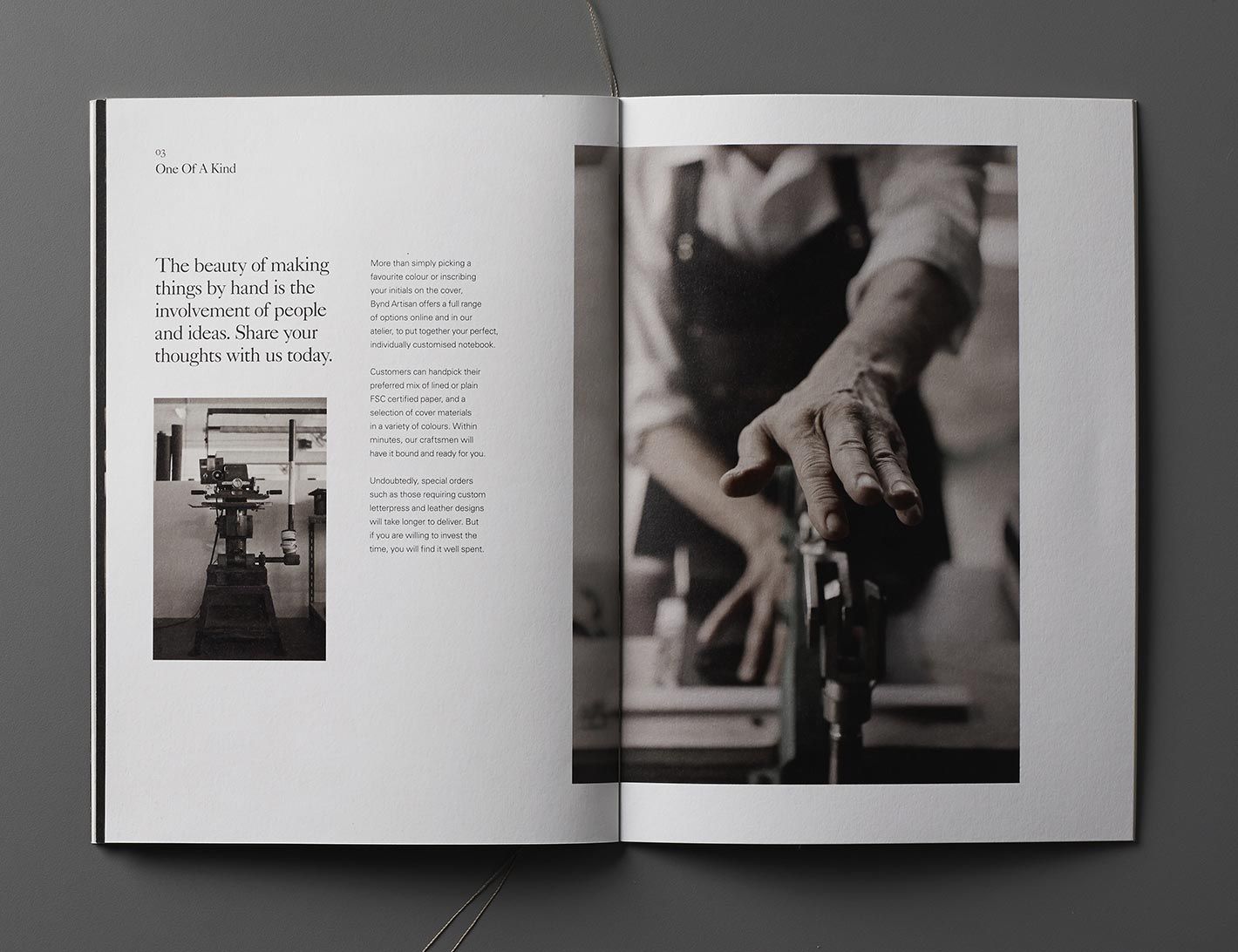
Warum sollten wir uns für den Buchdruck in China entscheiden?
Angesichts der steigenden Nachfrage nach qualitativ hochwertigen und dennoch erschwinglichen Drucksachen entscheiden sich viele Verlage, Autoren und Unternehmen dafür, ihre Bücher in China zu drucken.
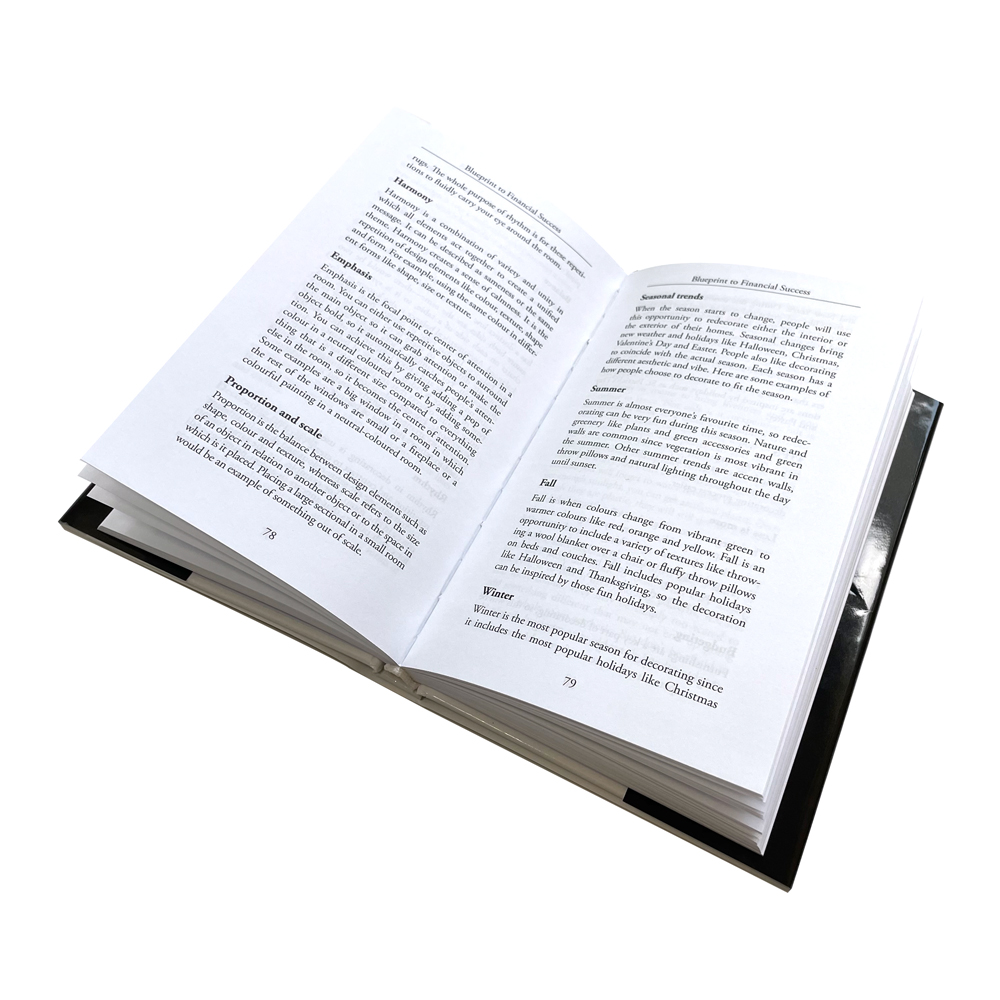
Was ist der Zweck gedruckter Bücher?
Bei der Gestaltung eines Kinderbuchs kommt es auf jedes Element an – insbesondere auf die Wahl des Papiers. Die Wahl der richtigen Papiersorte kann das Aussehen eines Buches verbessern,
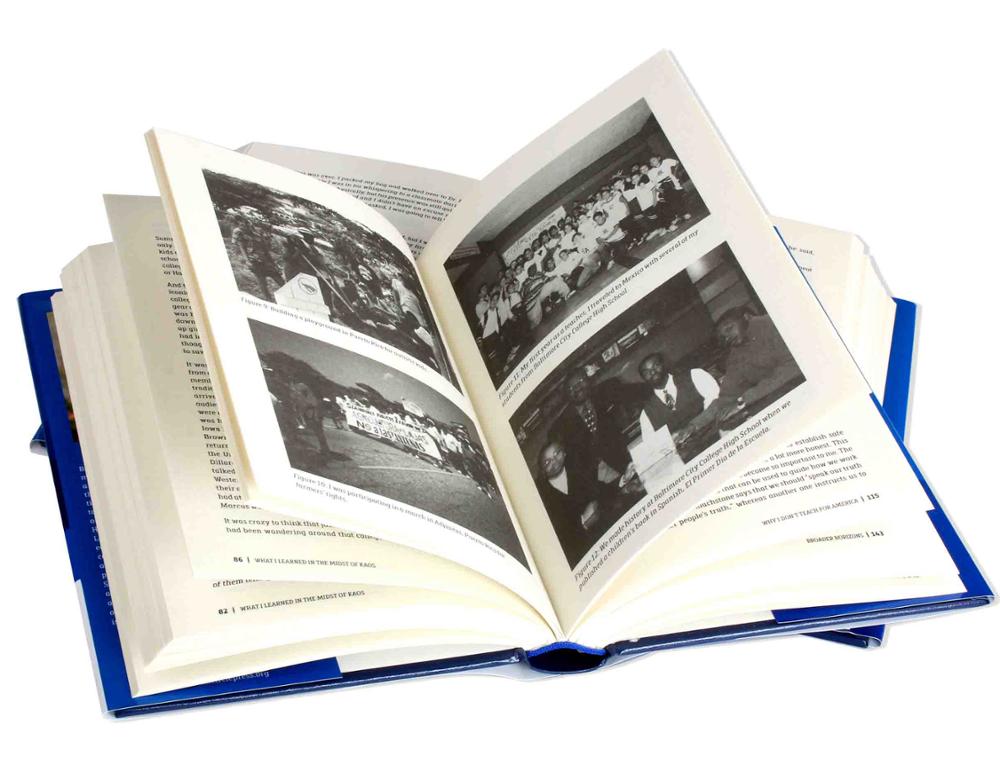
Was sind die Vorteile gedruckter Bücher?
Bei der Gestaltung eines Kinderbuchs kommt es auf jedes Element an – insbesondere auf die Wahl des Papiers. Die Wahl der richtigen Papiersorte kann das Aussehen eines Buches verbessern,
Kontaktieren Sie uns
- +86 13946584521
- info@booksprinting.net
- 8:00 - 22:00 Uhr (Mo - So)
Kommentare
Verwandter Blog
Finden Sie die neusten Trends und allgemeines Wissen im Buchdruckgeschäft.
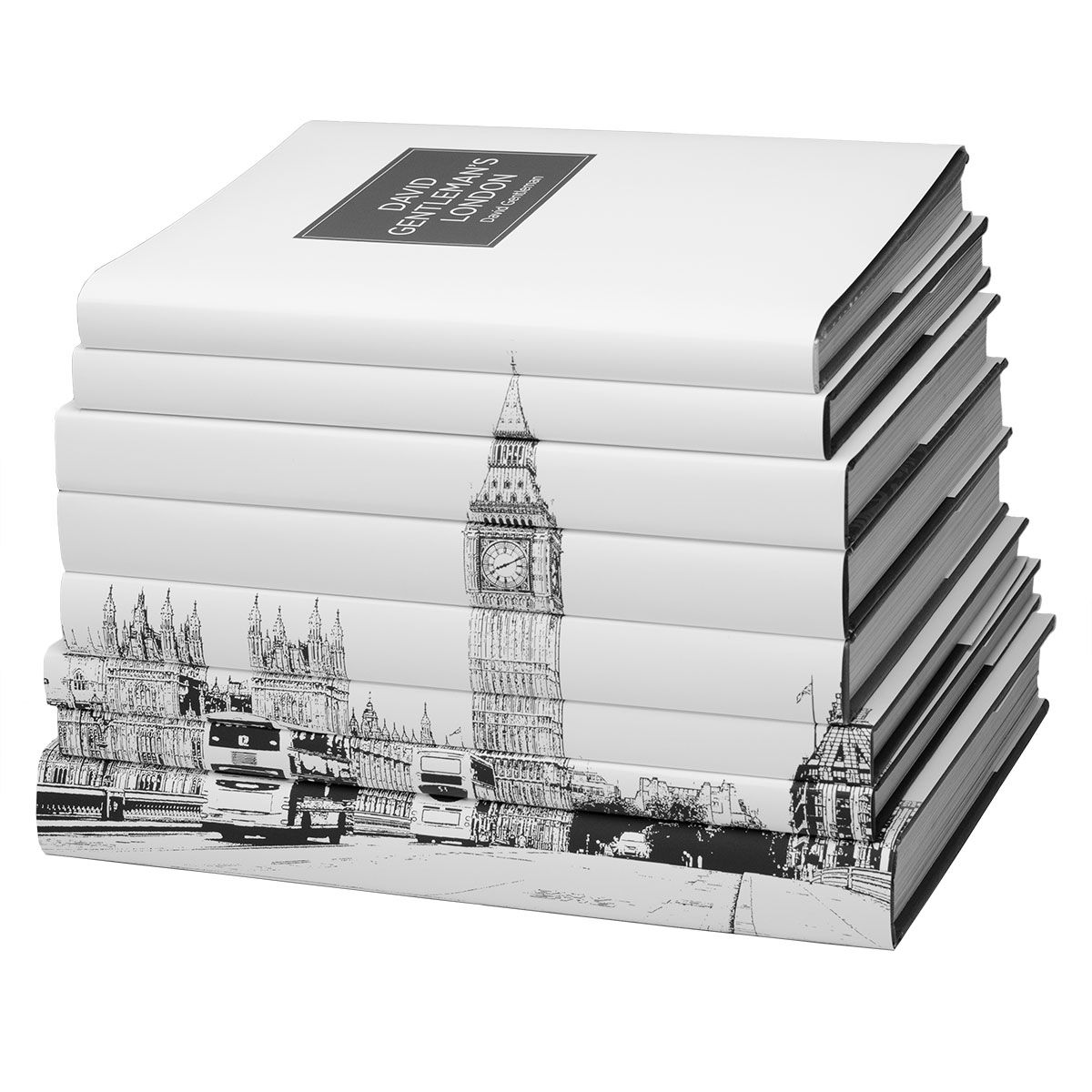
Auswahl der richtigen Buchdruckerei in China
Sind Sie ein aufstrebender Autor oder ein Selbstverleger, der sein literarisches Werk zum Leben erwecken möchte? Die Auswahl der richtigen Buchdruckerei ist ein entscheidender Schritt, der die Qualität und den Erfolg Ihrer Veröffentlichung maßgeblich beeinflussen kann.
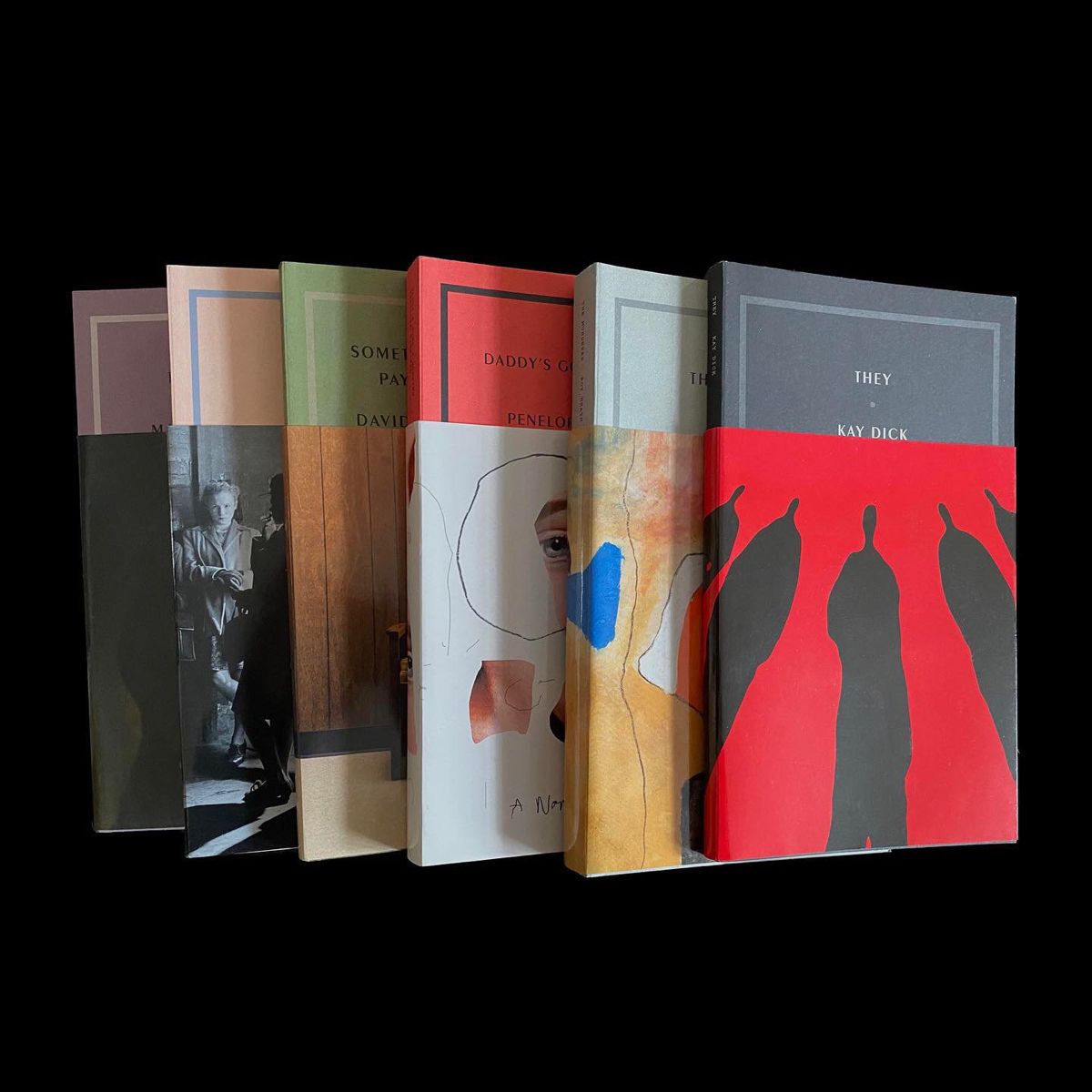
Die Vorteile von Hardcover-Büchern
Hardcover-Bücher fesseln die Leser seit über drei Jahrhunderten und haben sich einen geschätzten Platz in Bibliotheken und Privathaushalten erobert. Von klassischer Literatur bis hin zu zeitgenössischen Selbsthilfebüchern
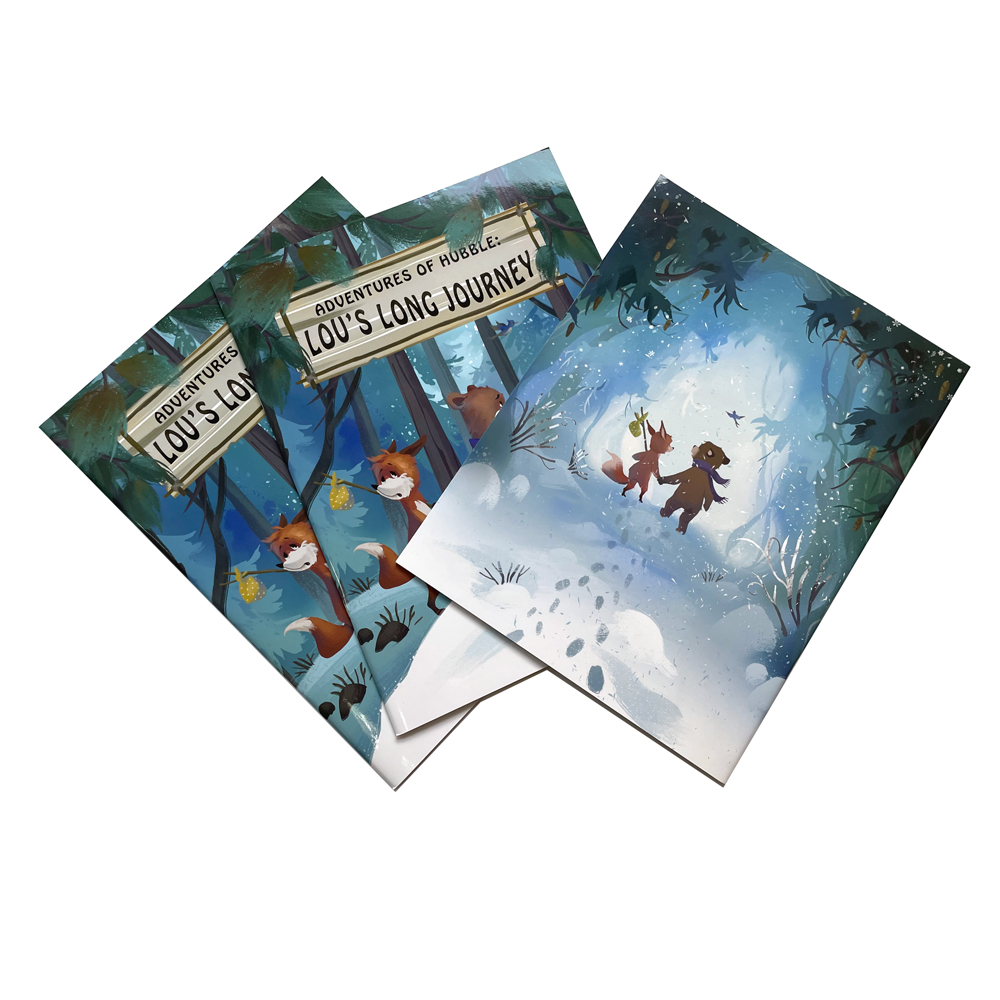
Warum werden die meisten Bücher in China gedruckt?
In der heutigen globalisierten Wirtschaft stellt der Buchdruck in China zunehmend eine kostengünstige und qualitätsorientierte Lösung dar.
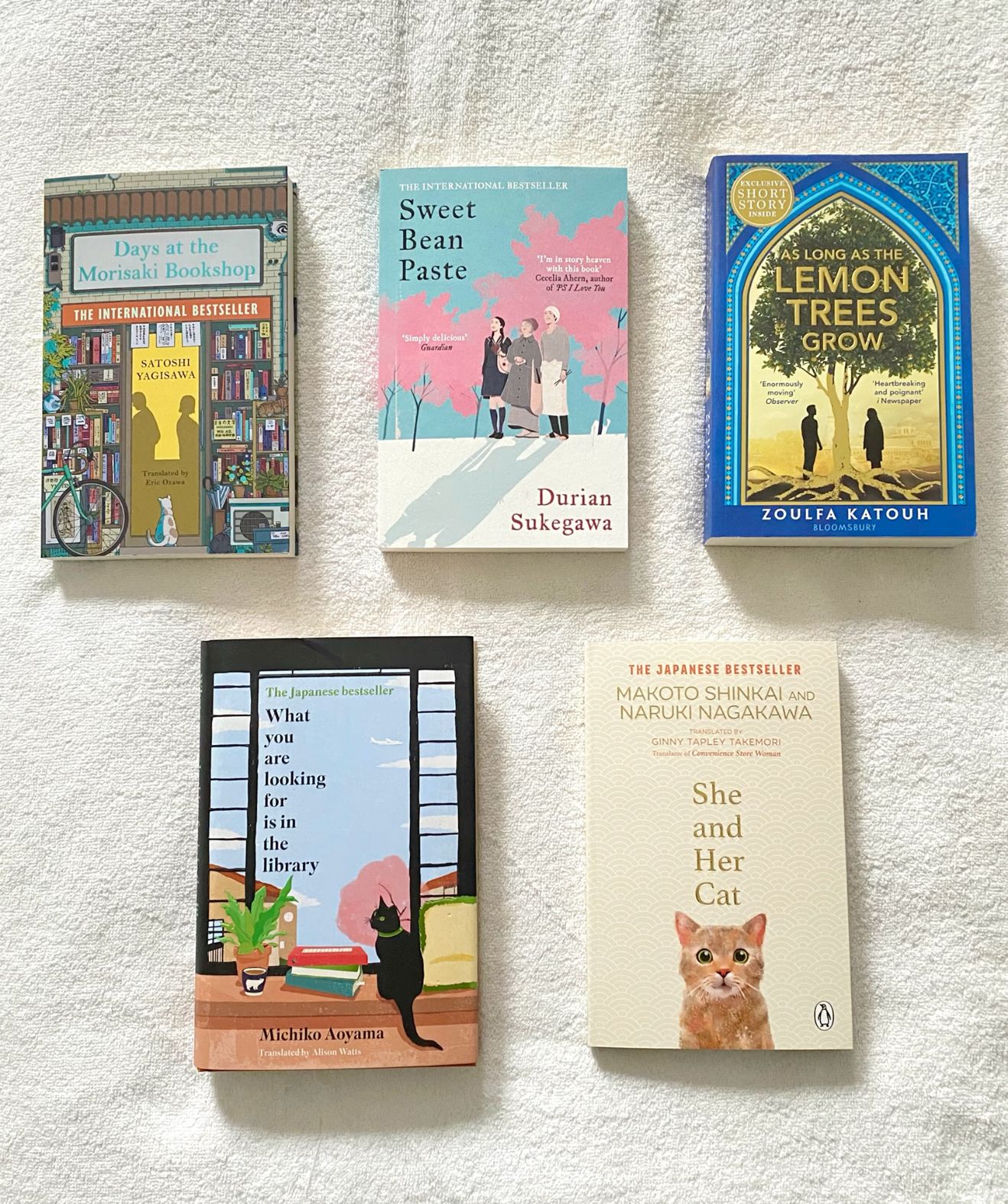
In welchem Land werden Bücher am günstigsten gedruckt?
Wenn Sie sich in die Selbstveröffentlichung stürzen, wird eines Ihrer Hauptanliegen darin bestehen, kostengünstige Optionen für den Buchdruck zu finden

